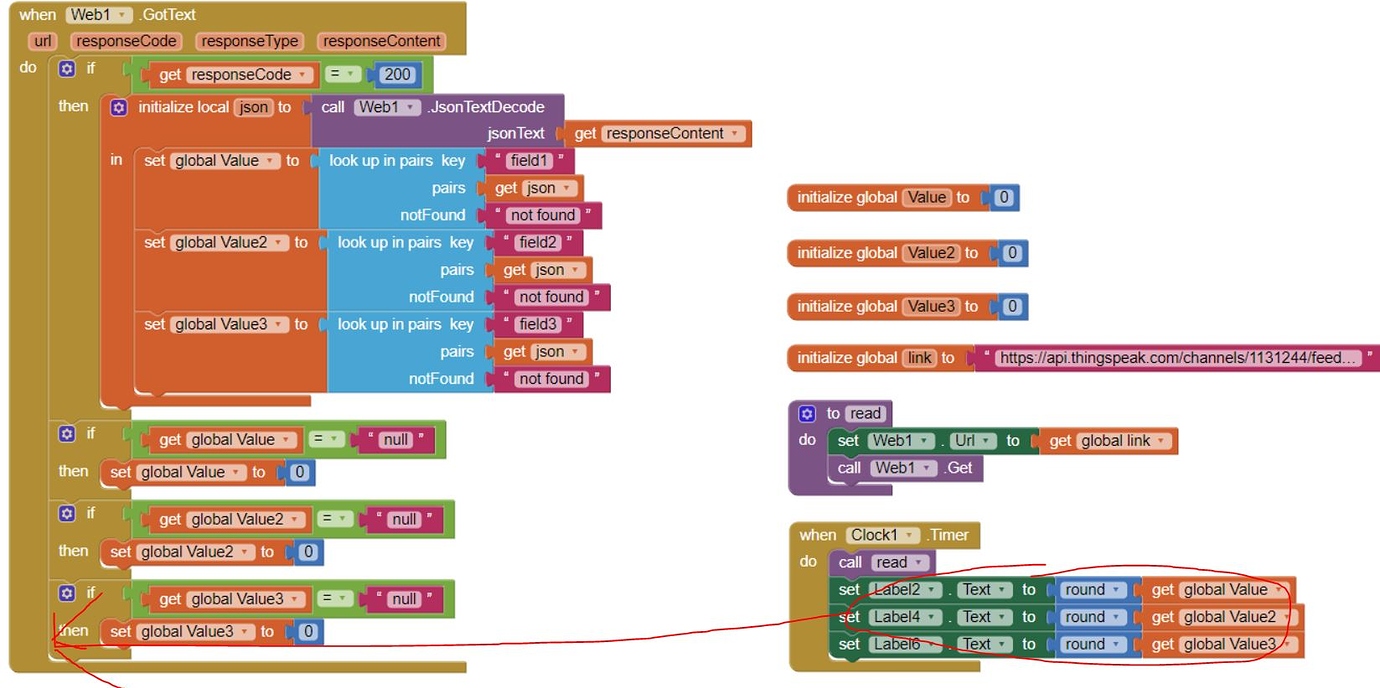

E foi aí que surgiu a ideia de utilizar suas caixas de areia como "isca".Įlas normalmente ficam sobre/dentro da caixa por tempo suficiente para fazer as medições necessárias, e vão para a caixa várias vezes por dia sem a necessidade de intervenção humana, fazendo com que a caixa se tornasse a superfície ideal para a instalação de um dispositivo similar a uma balança.

Isso me fez pensar em maneiras para pesa-las regularmente, sem ter que me preocupar em ter que coloca-las em alguma superfície especificar e segura-las lá por um tempo. Elas normalmente sobem na superfície de madeira regularmente (especialmente se eu estiver tentando me pesar, numa tentativa de me trollar e fazer parecer mais pesado), porém não tem paciência de ficar sobre o dispositivo por tempo o suficiente para que haja tempo de concluir a medição. ĭurante a elaboração do meu vídeo sobre a balança, percebi que seria possível até utilizá-la para monitorar o peso das minhas gatas. Se você segue os meus tutoriais, sabe que eu moro com algumas gatas e que adoro fazer projetos envolvendo quatro coisas: impressão 3D, internet das coisas, robôs e, é claro, gatos! Você pode encontrar outros dos meus projetos como essa balança que armazena informações sobre o peso na nuvem ou essa rede para gatos feita com tubos de PVC.
#Thingspeak timecontrol limitations how to
How to design and print a 3D case using Fusion360.ĭid you like this project? Please consider supporting my future projects with a small bitcoin donation! : Dĭeposit Address: 1FiWFYSjRaL7sLdr5wr6h86QkMA6pQxkXJn.How to send ESP32 data to the cloud using ThingSpeak platform.How to use load sensor and an HX711 for weight measurement.How to read digital inputs using an ESP32.How to program an ESP32 using the Arduino IDE.Surely it may seem like a shitty idea (in this case, cat poo), but that can be used by the reader to learn some new skill that can be used in other projects: I rolled up my sleeves and set out to design the project described here: a cat litter box with WiFi, using an ESP32, able to measure the weight of my cats (using weight sensors and HX711 amplifiers), monitor the general cleaning conditions of the cat litter box and even store all the data in the cloud (using the ThingSpeak platform)! The device is even able to generate notifications by email, Twitter, etc. In addition, their weights are considerably different (one has about 3 kg and the other one 5 kg), so that it would be possible to distinguish between the measurements which cat was on the scale.īut I finally realized that it would be possible to use the device to extract a lot of new information! By measuring the weight of the box it would be possible to monitor the amount of sand available inside (as a way of indicating that it is time to fill with more sand or change all the contents), the number of times the cats have used the box per day, when the box was last cleaned, etc. They usually stay inside the litter box long enough to make the necessary measurements, and they use it several times a day without the need for human intervention, making the box the ideal surface for the installation of a similar device used om my IoT scale.

And that's where the idea of using their litter boxes as "bait" came up. It made me think of ways to weigth them regularly without having to worry about having to put them on some specific surface and hold them there for a while. They usually come up on the wooden surface regularly (especially if I'm trying to weigh myself in an attempt to troll me and make I look heavier), but they don't have not have the patience to stand on the device for long enough to complete the measurements. When I was shooting the video on the IoT scale, I realized that it would even be used to track the weight of my cats. If you follow my tutorials, you know that I live with some cats and I love doing projects involving four things: 3D printing, internet of things, robots and, of course, cats! You can find other of my projects likethis scale saves weight measurements in the cloud or this hanging cat bed made with PVC pipes.


 0 kommentar(er)
0 kommentar(er)
